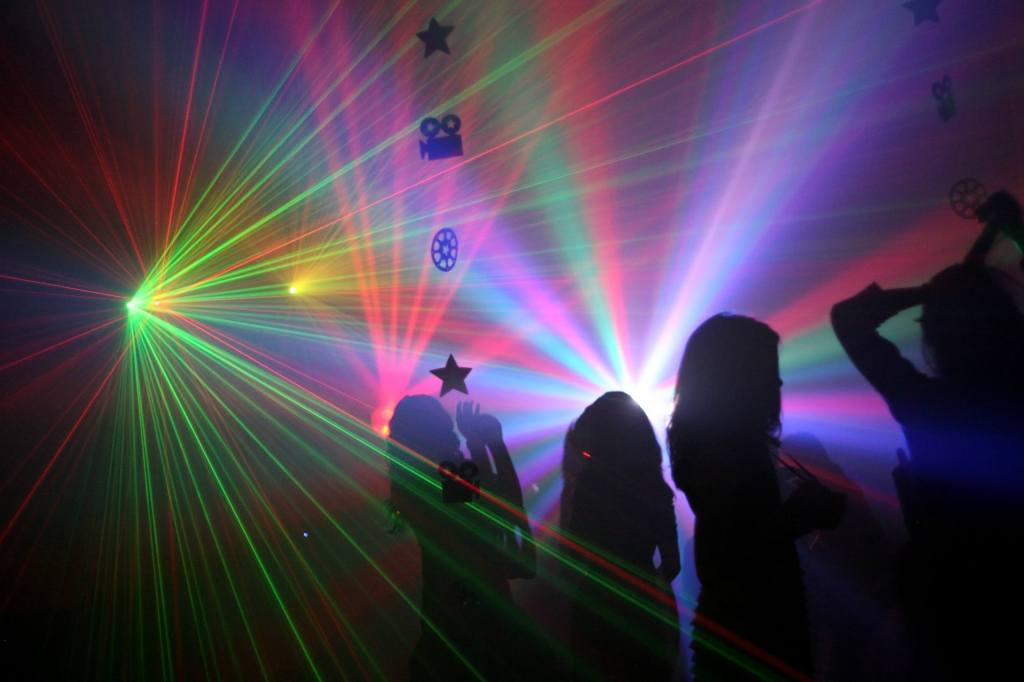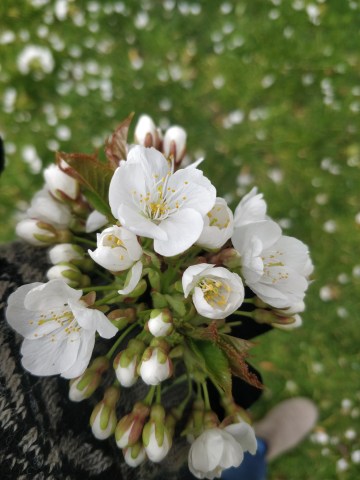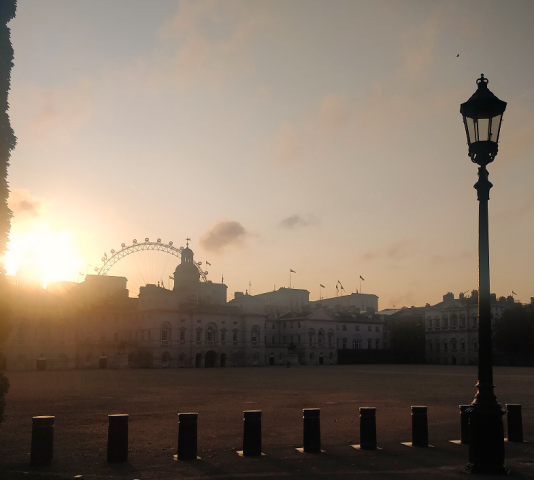Eurovision…?

I don’t watch Eurovision.
Honestly, it’s just not my cuppa tea, even as a curious lighting designer who sometimes lights music. And if I do watch, I tend to turn the sound down.
For any readers outside Europe who have wandered onto this blog, let me clarify. Eurovision is a once-yearly celebration of the joyously camp, the pop-tastic glitz-fest of sequined shimeryness in which all of Europe from Ireland to… Azerbaijan and Israel?… hum… competes to be crowned by the international audience as the ruler of the musical waves. It’s camp, it’s ridiculous, it’s sometimes hillarious, it’s frequently painful, and often out of tune. I have little interest. I do have a friend who has an encyclopedic knowledge of Eurovision, however, which keeps me endlessly enthralled. Ask him who came seventh in 1974, and he’ll be there… he also is getting quite good at making a profit off the competition every year through a range of judiciously judged and mathematically balanced bets. His enthusiasm enthuses me far more than the real thing.
However!
It’s noisy enough and on the BBC enough that even I am occasionally forced to look up from whatever the hell I’m doing at the time and notice, and certain things do immediately become apparent:
1. Wind machines. Wind machines are the enemy of dry ice effects. If you want to look serene and mysterious amid a shimmering floor of low fog that swirls around your ankles as you poetically proclaim… something… probably about love or freedom… then a huge sod-off wind machine in the face is not your friend. Yet year after year acts get up on stage with a cry of ‘all the toys!’ and lo, the hair billows, the skirts swell around them, and the dry ice retreats for the corner of the room. Not even the full budget of the Eurovision LX department – and it’s a big budget – beats 5000W of wind in the face.
2. Video. I personally think it’s cheating, using too much video during a pop song. I say this as a lighting designer. I could see hundreds of moving lights, and punchy ones at that, active in every song for Eurovision, but not only were they spinning and flashing and generally being very pretty and nicely programmed, but video was everywhere. On the floor, on the walls, on the performers. It’s lovely, sure – but sometimes it’s also just pants. Sometimes it’s low-res pants images of stupid things that make no sense. Sometimes, less is more people – less is more.
3. Haze. The Eurovision stadium is soaked in theatrical haze. Haze is a lighter effect than smoke, and settles more evenly, but make no mistake, if you can see beams of light in the air rather than only on the floor, then that’s because the atmosphere is soggy with haze. As an LD who does music events, I am… frustrated… whenever performers tell me that they don’t like performing with haze. Particularly if they then go and smoke ten cigarettes before the show. Audience members see haze and they start coughing, even before the haze has begun to crawl towards the seats, and why? Because there’s a psychological instinct to cough at the sight of smoke, and once you’ve heard one person cough, and seen the haze, you’re more likely to cough yourself. Ironically, if a room is already saturated with haze before an audience enters, they’re oddly less likely to notice until it’s pointed out, and people are less likely to complain. It’s when you can actually see haze being blasted in that people get ancy, and LDs get annoyed.
4. The unseen stuff. So as the viewer at home, watching Eurovision, we’re frequently treated to snippets cut in between each act about the wonders of the host nation or the beauty of the upcoming performer and their country. In Britain, these are relentlessly mocked by the presenter, which is one of the experience’s few redeeming qualities; what other countries make of it, I cannot say. However, as a technician, I really want to see the stuff that’s happening behind the snippets. I want to see how many technicians pour onto stage between each act to reset things; what’s flown in and out, what pyros have to be reloaded, how they clear the kabuki drops, and – oh god, but this would be thrilling – I really want to see the lighting setup. There are hundreds of moving lights at Eurovision, and for each song there have to be a few different designs so that the singer can choose something most conforming to their aesthetic. (Raising the question of oh god, what’s going through some of the singer’s minds when they say, ‘yes, that one!’?) The energies involved in programming must be immense, and the stage management team must be very large indeed. Sometimes – very rarely – you can see a slip up. A microphone opened up just a moment too late by the mixing engineer; a lighting cue just a beat out of sync, a performer out of their backlight beam, an imbalance in the mix that pushed drums too high, or bass too low – and then what an adrenaline surge must rush through the system of the engineers involved! Far more adrenaline, I imagine, than I experienced as an audience member watching the actual song. I would love to be in the control room for a Eurovision show. That, I think, would be a sight to see.
5. The audience. The audience is probably more lit up than the stage, most of the time. Eurovision is lit for TV – it’s lit to create a sense of giant, sprawling spectacle, and actually, performers vanish fairly fast into that space save by the use of clever camera work.
6. Gimmicks. Trapezes, dancers, rollerskates, water features, fire features, trampolines, circus performers, acrobatics – almost anything, really, so that you don’t notice the banality of the actual content on display…
7. The points-giving. For a long while, it was fairly predictable who’d give what to whom. Ireland would usually bung Britain some points; Holland would usually give something to Germany. The Scandinavian countries would always vote as a block, Portugal would give points to Spain etc.. This trend wobbles sometimes round the edges, but make no mistake, the voting can still be studied by scholars to find some national trends that have absolutely nothing to do with how shiny the shiny person bellowing into a microphone was. Even if you aren’t interested in the mesh between cultural-socio identities across Europe, the presenters who call in from each country to announce the points allocated are… a sight to see. After a while it gets too painful. The cringing, the horror – just look away. Look away now.
8. The costumes. This wouldn’t be a proper techie’s blog if I didn’t mention the costumes. Oh. The costumes. So much costume. Soooo much. Although, can we just take this moment to note that between all the feathers, the sequins, the bodices, the furs, the gold, the glitz, the accessories, the huge hair, the ridiculous shoes, the tight-fitting trousers, the very fitted shirts, it’s sometimes okay for the men at least to look… rugged. Because, so the performers seem to say, while today they may be singing a power ballad in the key of d sharp minor, tomorrow they’re going to wrestle bears with their teeth. Hell yeah.





